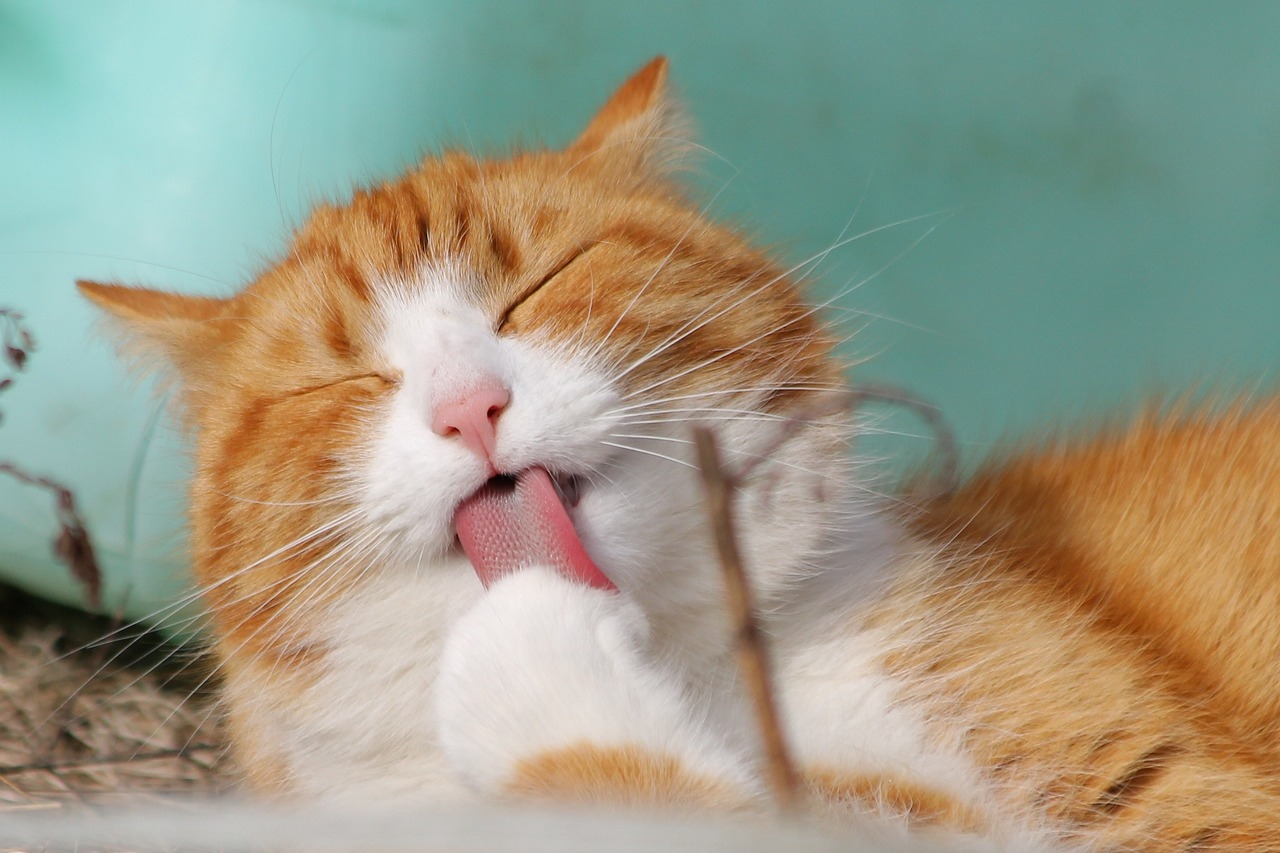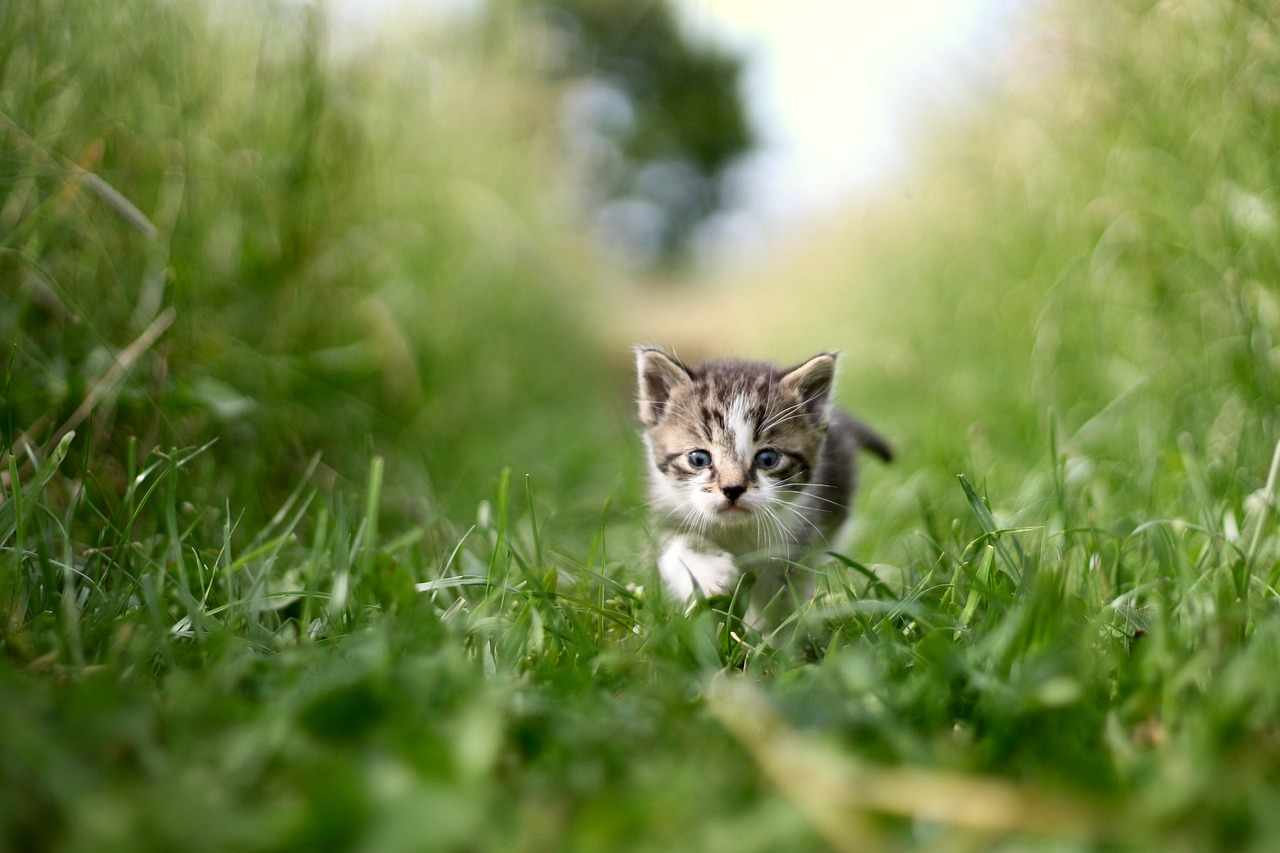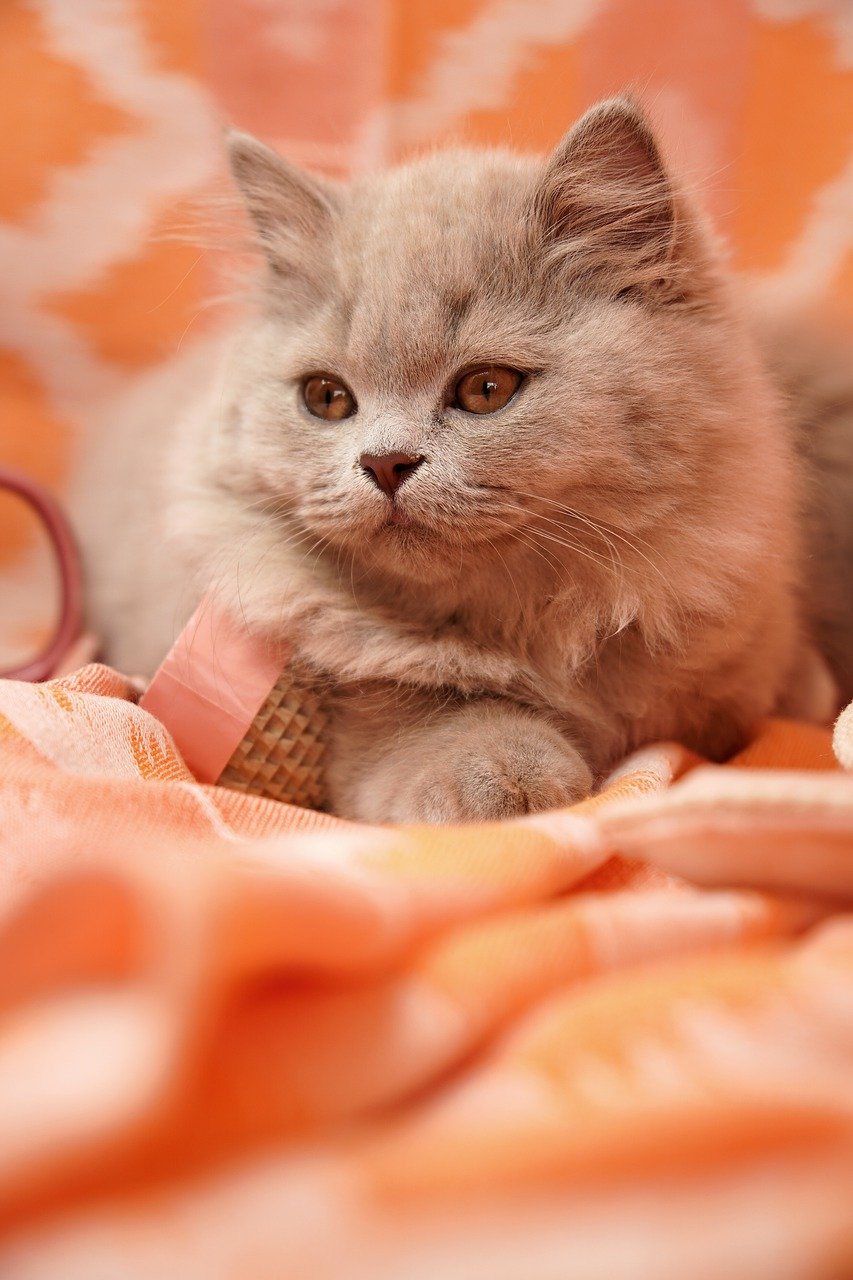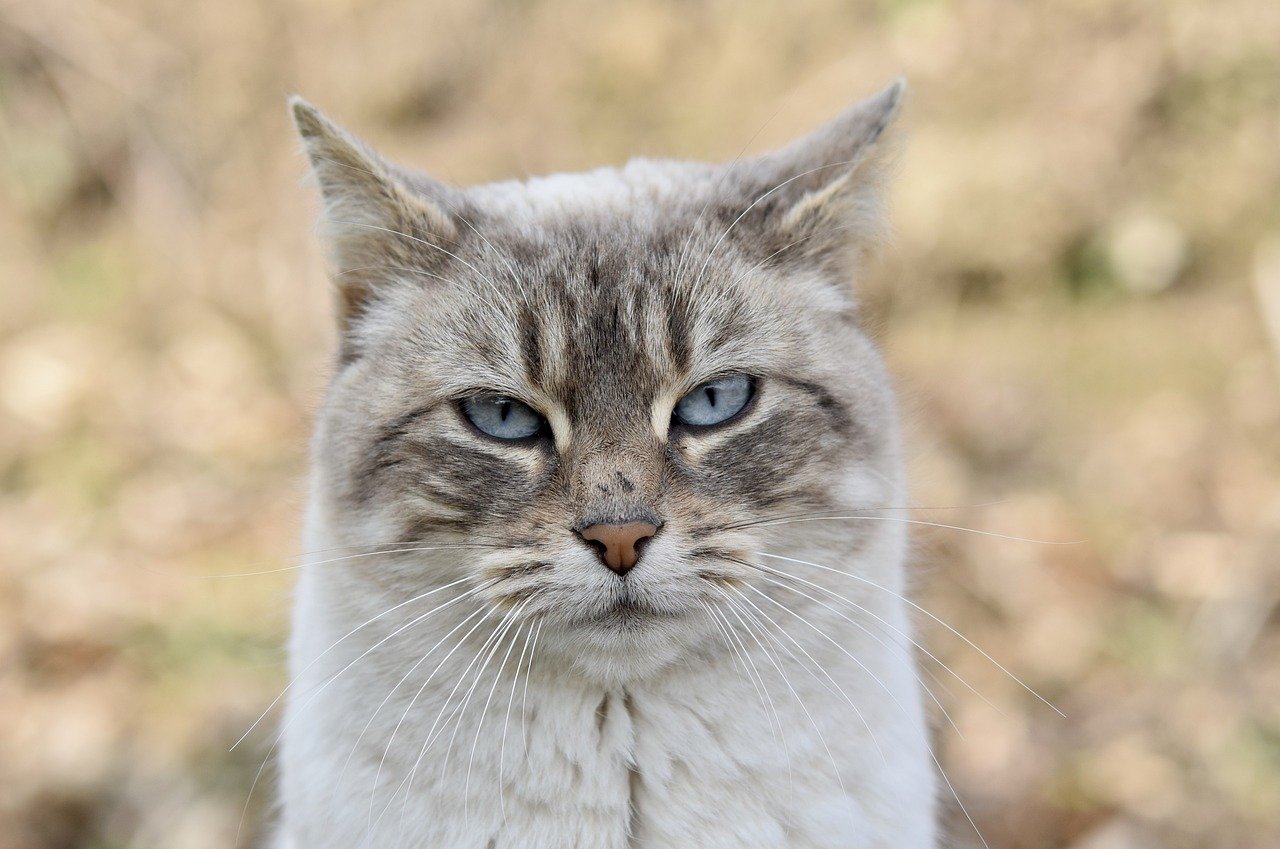The Bat Cat is a fascinating breed that captivates cat lovers with its unique blend of physical traits and personality. Originating from a mix of various feline breeds, these cats possess distinct characteristics that set them apart. With their playful demeanor and high intelligence, understanding the Bat Cat’s needs is essential for prospective owners. By exploring their origin, grooming requirements, and health concerns, you’ll discover why the Bat Cat is more than just a pet—it’s a delightful companion bringing joy to many homes.
Origin of the Bat Cat Breed
The Bat Cat, a fascinating breed that captures the hearts of many feline enthusiasts, has a unique origin that sets it apart from other cats. This breed likely emerged in the late 20th century, when breeders combined traits from various domestic breeds, aiming to create a cat with distinctive physical features and a playful temperament.
Key points about the origin of the Bat Cat:
Hybrid Nature: The Bat Cat possesses characteristics from several breeds, including the Sphynx and the Oriental Shorthair. This hybrid nature contributes to its stunning appearance and lively personality.
Physical Traits: Breeders specifically aimed to enhance certain traits, such as large ears and expressive eyes, which give the Bat Cat its endearing bat-like appearance.
Popularity Growth: Once introduced, the Bat Cat quickly gained traction among cat lovers for its unique looks and affectionate nature. Social media also played a pivotal role, showcasing these cats and increasing their popularity.
Recognition: Although not yet recognized by major cat registries, the Bat Cat continues to grow in popularity, becoming a sought-after breed for its distinctiveness and charm.
In conclusion, the origin of the Bat Cat speaks to a blend of creativity and desire for a unique companion. As more people learn about this remarkable breed, its fascination is bound to flourish, making it a beloved addition to many households.

Physical Characteristics of Bat Cats
The Bat Cat breed stands out due to its unique and striking features. Recognized for its bat-like ears and sleek physique, this breed has garnered attention and affection from cat enthusiasts. Below are the key physical traits that define the Bat Cat:
- Ears: The most notable characteristic is its large, pointed ears that resemble a bat’s. These ears are not only adorable but also aid in enhanced hearing.
- Eyes: Bat Cats have large, expressive eyes that can vary in color, including striking shades of green and gold. Their inquisitive gaze adds to their charming personality.
- Body: They typically have a slender and athletic build, showcasing agility and grace. Adult Bat Cats generally weigh between 6 to 12 pounds.
- Coat: The coat of a Bat Cat is short and glossy, coming in various colors and patterns. Common hues include black, gray, and tabby variations.
- Tail: They possess a long, tapering tail which complements their sleek appearance.
Comparison Table of Bat Cats’ Physical Traits
| Trait | Description |
|---|---|
| Ears | Large, bat-like, pointed |
| Eyes | Large, expressive, various colors |
| Body | Slender, athletic, 6-12 pounds |
| Coat | Short, glossy, various colors |
| Tail | Long, tapering |
Overall, the Bat Cat‘s distinct physical characteristics only amplify its endearing charm, making it a captivating choice for cat lovers.
Temperament and Behavior
The Bat Cat is not just a unique breed in appearance but also in personality. Renowned for their distinct behavioral traits, these cats present an intriguing mix of playfulness and affection. Here’s what you can expect from a Bat Cat:
Affectionate Nature: Bat Cats tend to be very sociable, often forming strong bonds with their human companions. They love cuddling and will usually follow you around the house.
Playfulness: With a playful spirit, Bat Cats enjoy interactive games like fetch or hide-and-seek. They thrive on mental stimulation, so toys that challenge their intellect are essential.
Curiosity: Just like their namesake, these cats exhibit a strong sense of curiosity. They enjoy exploring their environment and are known for their ability to entertain themselves.
Independence: Despite their need for companionship, Bat Cats also appreciate their alone time. They can adapt well to various living situations, whether in apartments or houses.
| Trait | Description |
|---|---|
| Affectionate | Forms strong bonds with owners |
| Playful | Enjoys games and needs mental stimulation |
| Curious | Loves exploring and investigating surroundings |
| Independent | Balances a need for attention with solitary time |
In conclusion, the temperament of the Bat Cat makes them an ideal pet for families or individuals looking for a lively and loving companion.
Care Requirements for Bat Cats
Caring for a Bat Cat involves attention to its unique needs and characteristics. This intriguing breed thrives with specific care practices that ensure its health and happiness. Below are key care requirements to consider:
Environment:
- Provide a safe, stimulating environment. Bat Cats enjoy spaces they can explore, including climbing structures and scratching posts.
- Ensure your home is secure from potential hazards, as Bat Cats are curious and playful.
Exercise:
- Bat Cats require daily exercise to maintain their health. Engaging them with toys like feather wands, laser pointers, or interactive puzzles can help burn off excess energy.
- Consider scheduled playtimes to keep them active and entertained.
Social Interaction:
- These cats are social and benefit from regular interaction with their owners or other pets. Spend quality time cuddling, grooming, or simply being together.
- Encourage socialization early to foster a friendly demeanor.
Routine Veterinary Care:
- Regular check-ups with a veterinarian ensure your Bat Cat remains healthy. Vaccinations and parasite prevention are essential.
- Discuss spaying or neutering with your vet, as this can prevent certain health issues and improve behavior.
By paying attention to these care requirements, you’ll help your Bat Cat lead a playful, healthy life. This breed thrives on love and attention, making them an excellent companion for proactive pet owners.

Common Health Issues
Bat Cats, known for their distinctive appearance and endearing personalities, are generally healthy. However, like all breeds, they can be predisposed to certain health issues. Here are some common concerns to watch for:
Dental Problems: Bat Cats may suffer from periodontal disease due to their unique jaw structure. Regular dental check-ups and at-home dental care can help prevent these issues.
Obesity: Due to their love of lounging and playful nature, Bat Cats can easily become overweight. Ensure you monitor their diet and encourage regular exercise.
Hypertrophic Cardiomyopathy (HCM): This heart condition is common in many feline breeds, including Bat Cats. Routine veterinary visits are essential to catch any early signs.
Respiratory Issues: Given their slightly flattened faces, some Bat Cats might experience breathing difficulties. It’s crucial to keep an eye on their breathing, especially in hot or humid conditions.
Skin Conditions: Bat Cats can be prone to skin irritations or allergies. Regular grooming helps identify any unusual skin issues early on.
In comparison to other cat breeds, the Bat Cat typically maintains good health with proper care:
| Health Issue | Bat Cat | Other Breeds |
|---|---|---|
| Dental Problems | Moderate | Varies |
| Obesity | High | Moderate |
| Hypertrophic Cardiomyopathy | Moderate | High |
| Respiratory Issues | Moderate | Low |
| Skin Conditions | Moderate | Varies |
Being proactive and attentive to your Bat Cat’s health can ensure a long, happy life. Regular veterinary check-ups play a vital role in maintaining their overall well-being.
Diet and Nutrition for Bat Cats
Feeding your Bat Cat a balanced diet is crucial to maintaining its health and vitality. This unique breed requires specific nutrients to thrive. Here are key considerations for your Bat Cat’s diet:
- High-Quality Protein: Bat Cats thrive on protein-rich foods, primarily derived from meat. Look for high-quality cat food that lists meat as the first ingredient.
- Balanced Fats: Healthy fats support energy levels and skin health. Include sources like fish oil, which also provides omega-3 fatty acids beneficial for heart and joint health.
- Essential Vitamins and Minerals: Ensure your Bat Cat’s diet contains essential vitamins like A, B, and E. Minerals such as calcium and phosphorus are important for bone health.
- Hydration: Always provide fresh water. Some Bat Cats prefer wet food, which can help with hydration while also adding moisture to their diet.
Recommendation:
| Food Type | Benefits | Example Brands |
|---|---|---|
| Dry Food | Convenient, promotes dental health | Royal Canin, Hill’s |
| Wet Food | High moisture content | Tiki Cat, Wellness |
| Raw Diet | Natural diet mimicking ancestral eating habits | Primal Pet Foods, Stella & Chewy’s |
In summary, a well-rounded diet tailored for your Bat Cat will enhance its health and happiness. Always consult with a veterinarian to determine the best diet plan suited to your Bat Cat’s individual needs.
Grooming Needs
The Bat Cat, with its unique appearance and playful demeanor, requires a thoughtful grooming regimen to maintain its health and beauty. Here’s what you need to know about keeping your Bat Cat looking its best:
Coat Type: Bat Cats often have a medium-length, dense fur that can vary in texture. Regular brushing helps prevent matting, especially in areas prone to tangling.
Brushing Frequency: Aim to brush your Bat Cat at least two to three times a week. This not only removes loose hair but also helps distribute natural oils, promoting a healthy coat.
Bathing: Unlike some cat breeds, Bat Cats do not need frequent baths. A bath every few months is usually sufficient unless they get particularly dirty. Always use a cat-specific shampoo to avoid skin irritation.
Nail Trimming: Keep an eye on your Bat Cat’s nails. Trim them every 3-4 weeks to prevent overgrowth and potential injury.
Ear Cleaning: Regularly check your Bat Cat’s ears for dirt or wax buildup. Use a veterinarian-recommended ear cleaner to keep them healthy.
Dental Care: Dental hygiene is vital. Brush your Bat Cat’s teeth a few times a week using cat-safe toothpaste.
By incorporating these grooming practices into your routine, you can ensure that your Bat Cat remains not only stunning but also healthy and comfortable. Remember, grooming is also a great way to bond with your furry friend!

Training and Socialization
Training and socialization play crucial roles in developing a well-adjusted and happy Bat Cat. These quirky cats, recognized for their unique personalities, thrive on positive experiences and interactions. Here are some effective strategies to ensure proper training and socialization:
Start Early: Begin training your Bat Cat as a kitten. Early socialization helps them to adapt to various environments, people, and other animals, reducing future behavioral issues.
Positive Reinforcement: Use treats, praise, and affection to reward good behavior. This method encourages your Bat Cat to associate training with positive experiences.
Short Training Sessions: Keep training sessions brief and engaging, as Bat Cats may lose interest if they stretch too long. Aim for sessions of 5-10 minutes.
Include Social Opportunities: Introduce your Bat Cat to different people, pets, and environments. Regular exposure fosters confidence and adaptability.
Consistency is Key: Establish clear expectations and remain consistent with commands. Repeat training daily to ingrained skills effectively.
Comparison of Training Techniques
| Method | Description | Best For |
|---|---|---|
| Positive Reinforcement | Rewards for desired behaviors | Encouraging good habits |
| Clicker Training | Uses a clicker to mark desired behaviors | Precise communication |
| Structured Play | Engaging activities that promote learning and bonding | Socialization growth |
In conclusion, investing time in training and socialization will lead to a more balanced Bat Cat. Embrace the journey and enjoy building a strong bond with your feline companion.
Choosing the Right Bat Cat
Selecting the perfect Bat Cat involves careful consideration of various factors to ensure a harmonious match with your lifestyle. Here are some essential tips to help you make an informed decision:
Personality Fit: Bat Cats are known for their playful and affectionate demeanor. Assess if their energy level aligns with your activity preferences. Are you looking for a laid-back companion or an energetic playmate?
Age Consideration: Decide whether you want a kitten or an adult Bat Cat. Kittens require more time and patience for training, while adults may be already accustomed to certain routines.
Health Background: If adopting from a shelter or breeder, inquire about the cat’s health history. A well-documented health record can indicate potential issues specific to the Bat Cat breed.
Grooming Needs: Bat Cats generally have low grooming demands. However, some individuals may have specific coat variations. Ensure you understand the grooming requirements of the particular Bat Cat you are considering.
Compatibility with Other Pets: If you have existing pets, consider their temperaments. Bat Cats usually integrate well with other animals, but early socialization remains key.
In summary, choosing the right Bat Cat requires a thorough understanding of their unique needs and traits. Reflect on your lifestyle, preferences, and the specific characteristics of the Bat Cat you wish to welcome into your home. Making the right choice will lead to a fulfilling companionship for both you and your new furry friend.
Conclusion and Final Thoughts
In conclusion, the Bat Cat is a unique and captivating breed that brings a delightful blend of personality, playfulness, and charm. As you consider welcoming a Bat Cat into your home, it’s essential to appreciate its distinctive traits, care requirements, and behavioral nuances.
Here are the key takeaways regarding the Bat Cat:
- Distinctive Characteristics: Known for its bat-like ears and striking appearance, the Bat Cat demands attention and admiration.
- Temperament: With their friendly disposition, Bat Cats make excellent companions for families and individuals alike.
- Care Needs: Regular grooming, a nutritious diet, and appropriate health care are crucial for maintaining a Bat Cat’s well-being.
- Socialization: This breed thrives on interaction, making early socialization vital to developing a well-rounded pet.
Ultimately, choosing a Bat Cat means inviting a unique character into your life. Whether their playful antics or affectionate nature captures your heart, Bat Cats prove to be loyal and loving companions. Before you take the plunge, ensure you are fully prepared to meet the commitments required for this breed. Choosing to adopt a Bat Cat can be a rewarding experience filled with joy and companionship that lasts a lifetime.
Frequently Asked Questions
What is a Bat Cat and how does it differ from other cat breeds?
The Bat Cat is a unique and intriguing breed that combines features often attributed to both bats and felines. Unlike traditional cat breeds, Bat Cats are known for their distinct, bat-like ear shape and large, expressive eyes. This breed is usually characterized by a playful yet mysterious temperament, making them stand out in the feline world. They exhibit both affectionate and adventurous behaviors, making them a perfect companion for those looking for an engaging pet.
What are the common health issues associated with Bat Cats?
Like any breed, Bat Cats may be susceptible to certain health issues. The most common concerns include heart conditions, hip dysplasia, and dental problems due to their unique jaw structure. Regular veterinary check-ups and a balanced diet are vital in preventing these issues. Additionally, being aware of any signs of distress or changes in behavior can help in early detection of potential health problems, ensuring your Bat Cat lives a long and healthy life.
What is the ideal environment for a Bat Cat?
Bat Cats thrive in environments that mimic their natural instincts for exploration and playfulness. Providing ample vertical spaces, such as shelves and cat trees, encourages climbing and exercising. They enjoy interactive play time and mental stimulation, so incorporating puzzle toys and regular play sessions is crucial. Ensuring a safe, secure living space where they can express their natural behaviors will contribute to their overall well-being and happiness.
How can I train my Bat Cat effectively?
Training a Bat Cat requires patience, consistency, and positive reinforcement. These cats are typically intelligent and responsive, making them amenable to training. Start with basic commands and gradually introduce more complex tricks using treats as rewards. Short training sessions of about five to ten minutes are ideal to keep their attention focused. Additionally, incorporating play into training can make the process more enjoyable for both you and your Bat Cat, reinforcing desired behaviors in a fun way.
Are Bat Cats suitable for families with children or other pets?
Yes, Bat Cats can be excellent companions for families with children and other pets, provided they are socialized early and consistently. Their playful nature often appeals to children, and they can be quite tolerant if treated with respect. When introducing them to other pets, gradual introductions are key to ensure a harmonious relationship. Supervision during initial interactions can help ease any tensions, creating an environment where everyone can coexist happily.



